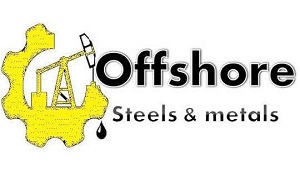Rigging equipment referrers to the devices and elements used to lift and manoeuvre objects safely, as part of a planned system implemented by a team of riggers. This encompasses a variety of components which are used to secure and distribute the load in question, in order to facilitate the moving process and ensure that it is completed successfully. Industries which often require the services of rigging equipment include construction, engineering and event staging.
Like all lifting operations, hoisting and rigging should be performed with public and employee safety as a primary focus. In order to comply with health and safety legislation along with industry standards, organisations should carefully consider two following elements:
- Operation Planning: Before the lifting applications begin, teams should carefully consider the demands of the lift and conduct a thorough risk assessment.
- Equipment: The first point will dictate how the rigging equipment is selected and used. Riggers must ensure that the overall rigging setup and individual elements are appropriate for the size and weight of the load in question, in order to avoid overloading the equipment, which can lead to damage and serious safety hazards. The rigging equipment itself should also be sourced from reputable suppliers, in order to ensure that the products are of a suitable standard and quality. In order to maintain this quality, the items should then be regularly tested to ensure that it continues to meet safety standards.


